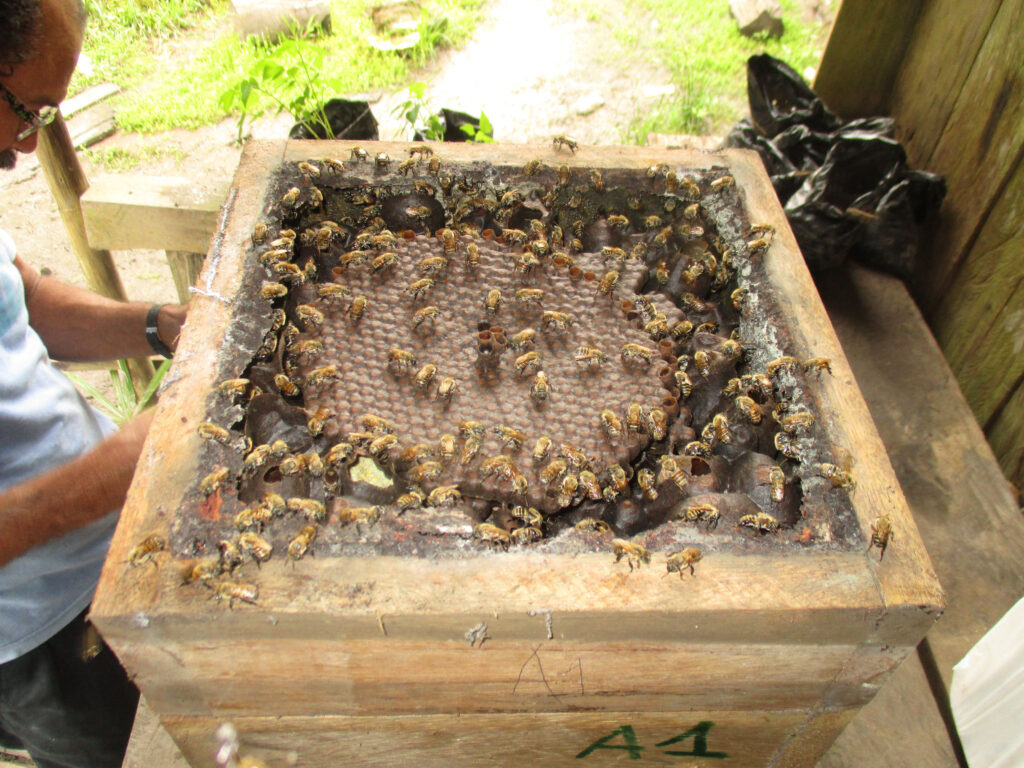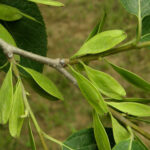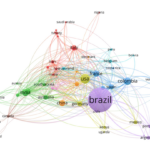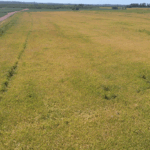Maria Luiza De Grandi, journalist of Ciência Rural. Santa Maria, Rio Grande do Sul, Brazil.
Cesar Delgado Vasquez, Entomology Research Coordinator, Instituto de Pesquisa da Amazônia Peruana. Iquitos, Peru.
 Considered an ancient practice of the native peoples of Latin America, meliponiculture consists of the rational breeding of stingless bees (CORTOPASSILAURINO et al., 2006; CAMARGO & PEDRO, 2007; MICHENER, 2007). The production of honey from this practice is an activity with great economic potential in the Amazon. However, the lack of knowledge about the quality of the honey produced and the few handling techniques end up stopping the development of this culture.
Considered an ancient practice of the native peoples of Latin America, meliponiculture consists of the rational breeding of stingless bees (CORTOPASSILAURINO et al., 2006; CAMARGO & PEDRO, 2007; MICHENER, 2007). The production of honey from this practice is an activity with great economic potential in the Amazon. However, the lack of knowledge about the quality of the honey produced and the few handling techniques end up stopping the development of this culture.
Evaluating the production and the physicochemical and microbiological characteristics of honey produced in rational hives, researchers from the Instituto de Investigaciones de la Amazonía Peruana developed the research “Management practices and characteristics of Melipona eburnea Friese honey in the Peruvian Amazon”, published in Ciência Rural (vol.50, nº12).
The study was carried out in three different communities in the Peruvian Amazon. The production and the physicochemical and microbiological characteristics of the honey of the species Melipona Eburnea were evaluated within 90 days after the installation of the hives. The honey from this species was also compared to honey from the species M. grandis, M. illota and M. Titania, analyzed in the same period of time. With the adaptation of the technique of raising bees in rational boxes, the production of honey varied from 140 ml to 900 ml per colony, in a period of three months for M. eburnea, which means four times more than the production in traditional trunks, or extractivism.
According to the researcher Cezar Delgado, regarding the physicochemical characteristics of honey, the total humidity and the total sugars did not differ significantly between the different Meliponas species studied. “Research shows that honey from stingless bees can be collected after three months, at which time its physico-chemical characteristics are stable and microbiologically suitable for human consumption,” explains Delgado.
Serving as a basis for establishing policies for the promotion and conservation of native bees, the research will serve to generate greater sustainability for the creation of native stingless bees, such as the conservation of species by applying less destructive practices of the colonies in the harvesting of honey. “For conservation, it is necessary to prevent people from cutting down the trees to obtain honey, as well as to increase production yields. It is also necessary to provide information on honey quality parameters and improve the incomes of small producers or family farming, making it a profitable activity. ”, highlights Cezar Delgado. In addition, the information about the physical-chemical and microbiological quality produced by the research allowed to increase the price of native bee honey, from 3 dollars to 27 dollars per 600 ml package, in some communities.
References
CAMARGO, J. M. F. and S. R. M. PEDRO. Meliponini. In: MOURE, J. S. et al (ed.). Catalogue of bees (Hymenoptera, Apoidea) in the Neotropical region. Curitiba: Sociedade Brasileira de Entomologia, 2007.
CORTOPASSI-LAURINO, M., et al. Global meliponiculture: challenges and opportunities. Apidologie [online]. 2006, vol.37, no.2, pp.275– 292 [viewed 14 April 2021]. https://doi.org/10.1051/apido:2006027. Available from: https://www.apidologie.org/articles/apido/abs/2006/02/m6035sp/m6035sp.html
MICHENER, C. D. The bees of the world, second edition. Baltimore: Johns Hopkins University Press. 2007.
To read the article, acess
DELGADO, C.; MEJIA, K. and RASMUSSEN, C. Management practices and honey characteristics of Melipona eburnea in the Peruvian Amazon. Cienc. Rural [online]. 2020, vol.50, n.12, e20190697 [viewed 4 March 2021]. https://doi.org/10.1590/0103-8478cr20190697. Available from: http://ref.scielo.org/x8dk67
External links
Ciência Rural – CR: https://www.scielo.br/cr
Ciência Rural: http://coral.ufsm.br/ccr/cienciarural/
Como citar este post [ISO 690/2010]:



















Recent Comments